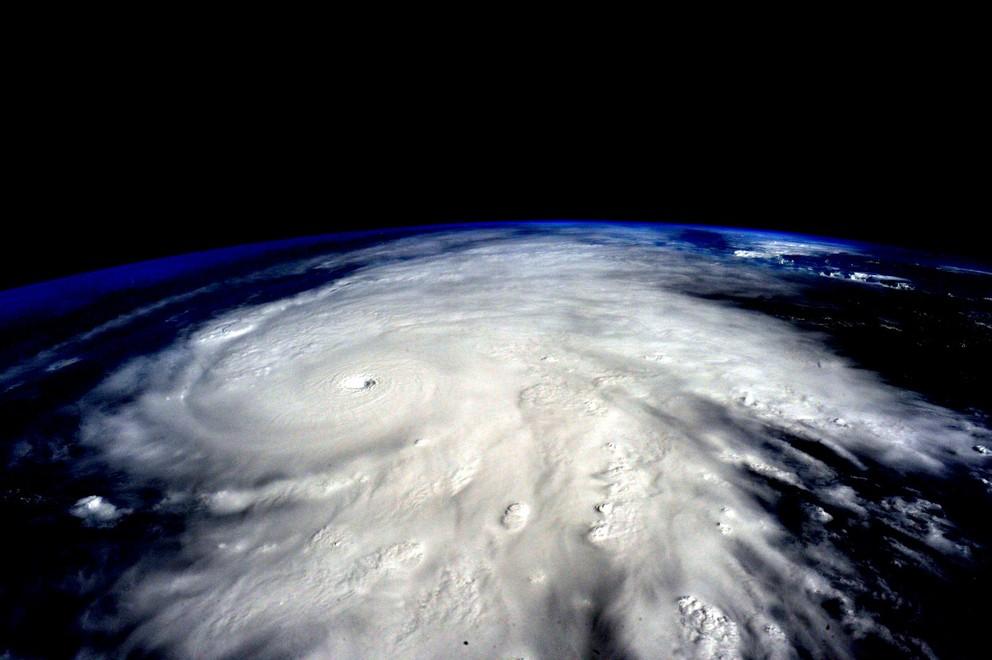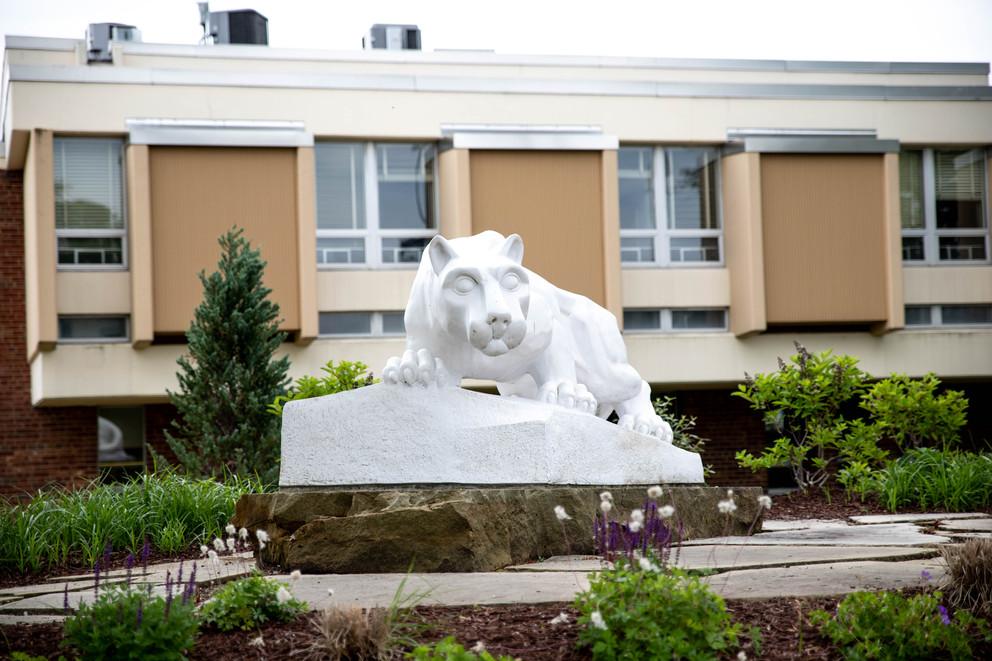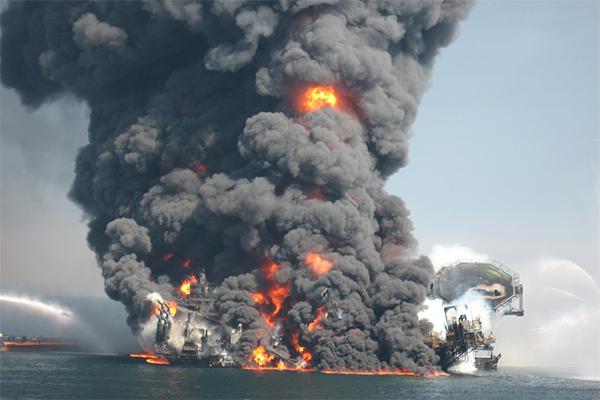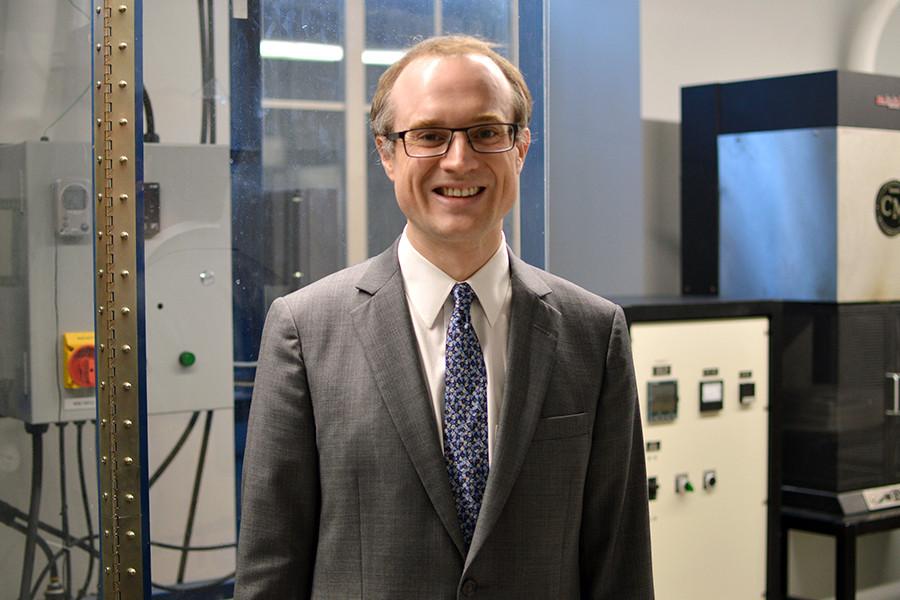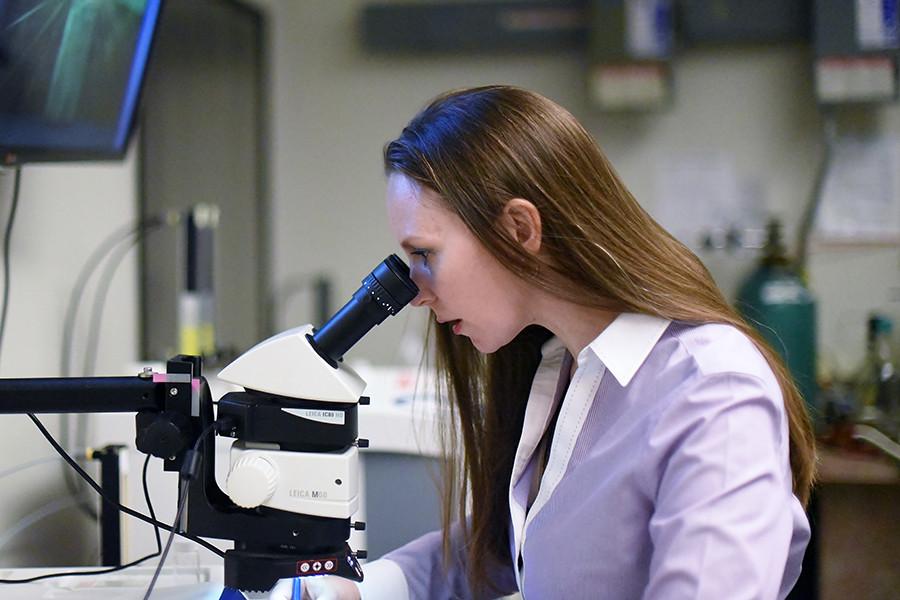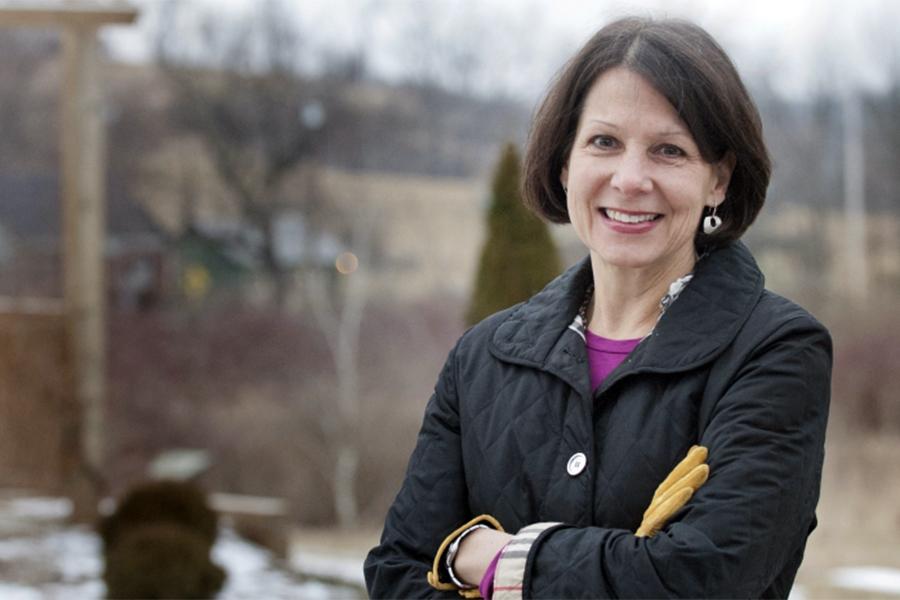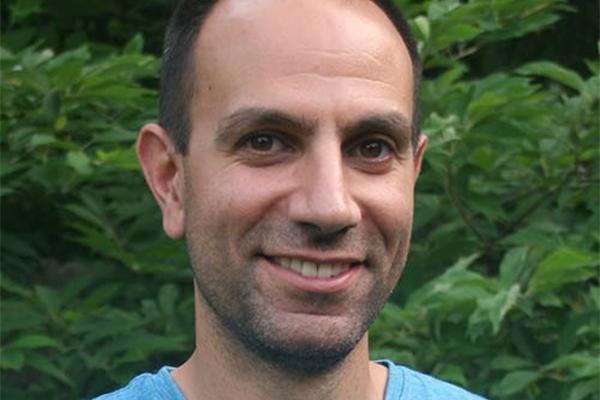Improving forecasting for a host of severe weather events may be possible thanks to a more comprehensive method for measuring the Earth's boundary layer depth, developed by Penn State researchers.
For the third year in a row, Penn State University Press will attend Ag Progress Days, Aug. 14–16 in Pennsylvania Furnace, with an exciting array of books that highlight Pennsylvania’s history and natural environment.
There may be more habitable planets in the universe than we previously thought, according to Penn State geoscientists, who suggest that plate tectonics — long assumed to be a requirement for suitable conditions for life — are in fact not necessary.
The West Penn Power Sustainable Energy Fund(WPPSEF) has awarded Penn State New Kensington $75,000 to aid in incorporating sustainability and best practices to the campus-led Corridor of Innovation and revitalization efforts in the city of New Kensington.
Jason Munro, a doctoral student in materials science and engineering, credits two recent scholarships with allowing him to pursue research that’s both his passion and relevant to advancing the needs of society.
Degradation rates of oil were slower in the dark and cold waters of the depths of the Gulf of Mexico than at surface conditions, according to an international team of geoscientists trying to understand where the oil went during the Deepwater Horizon oil spill.
According to research by John Mauro power-law distribution explains accidents in the workplace and how best to minimize them.
Ralph Colby has partnered with two other Penn State researchers to get a better basic understanding of how plastics cool from a liquid to solid shape in injection molding.
Twice a year, Global Programs seeks travel grant applications from faculty and graduate students. The Travel Grant program supports faculty travel related to developing global awareness, global literacy and global competency among our undergraduate population.
One Penn State professor is seeking to create spatial statistical models for extreme events such as large forest fires, floods and heavy rainstorms to help make better decisions on infrastructure, preparation and mitigation.


